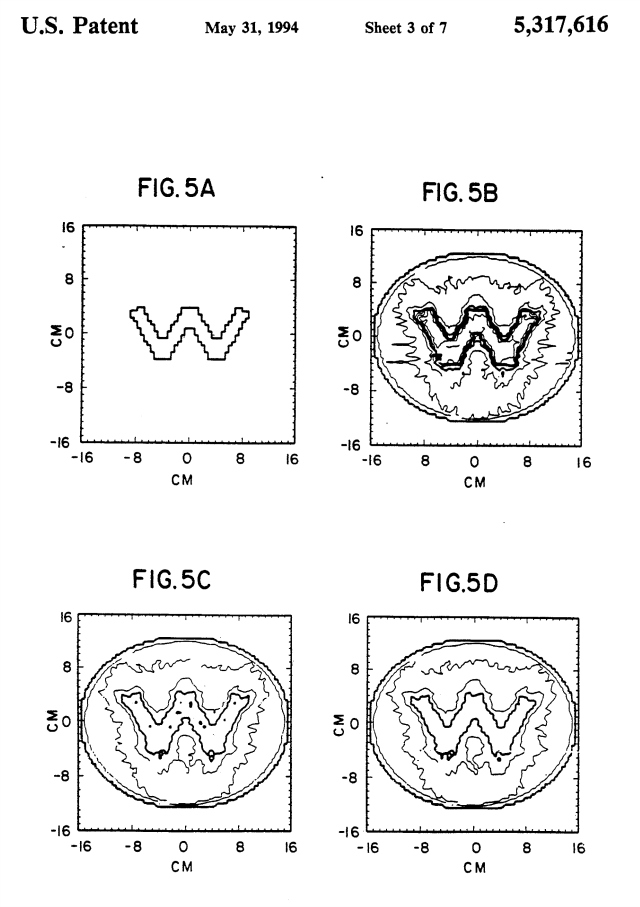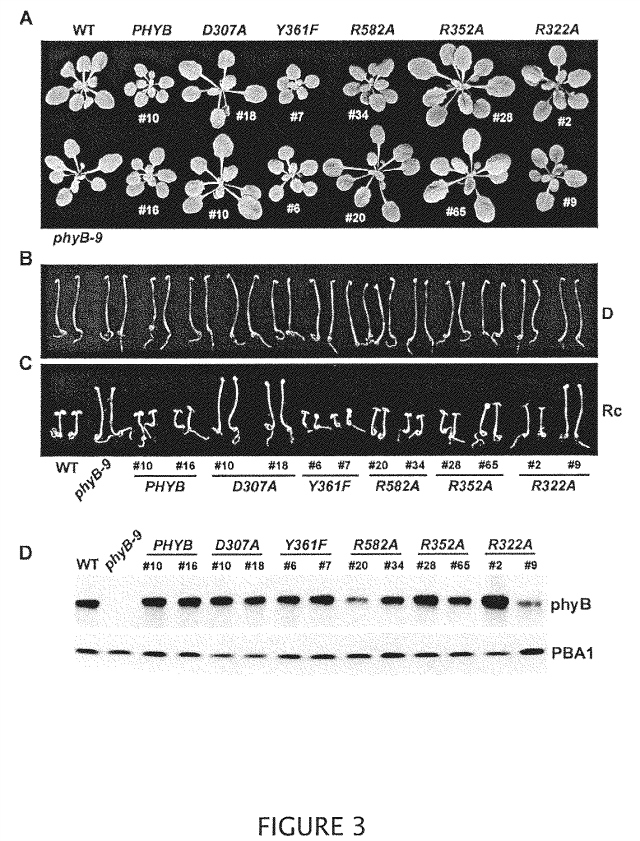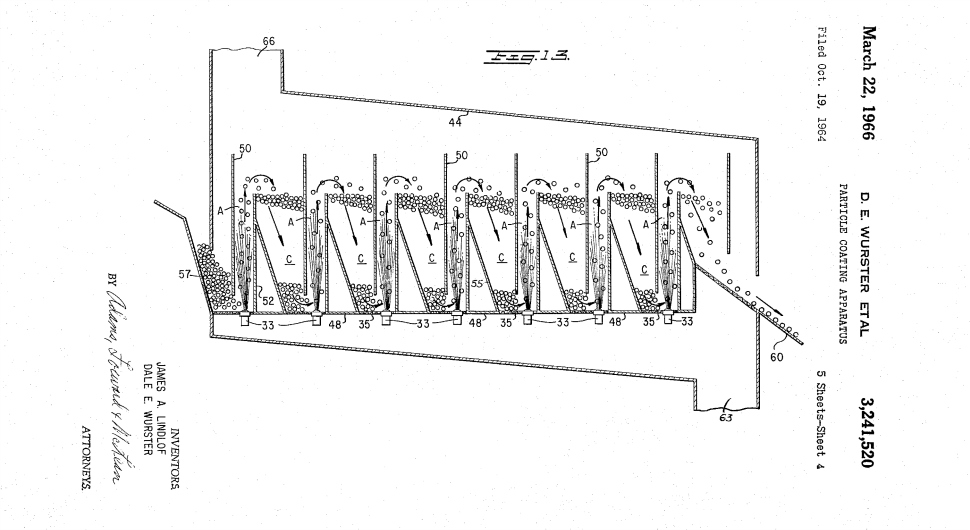John Tolley, October 26, 2016
Since 1925, the Wisconsin Alumni Research Foundation has racked up quite a roster of patents.
That?s kind of the point.
A nonprofit institution, WARF exists to support scientific investigations and research at the University of Wisconsin-Madison by stewarding a ?cycle of research, discovery, commercialization and investment.?
A by-product of WARF?s impressive list of patents is an equally impressive archive of patent drawings, a legally required part of nearly every patent application in the U.S.
Recently, WARF partnered with the Wisconsin Union Directorate, the student programming and leadership board of the Wisconsin Union, to display these unique diagrams. The exhibit showcases the sometimes offbeat yet always innovative ideas that have made the University of Wisconsin-Madison a leading engine for invention.
Below are but a few of the drawings that you can see now through November 14th at the Union South gallery in Madison, WI.











